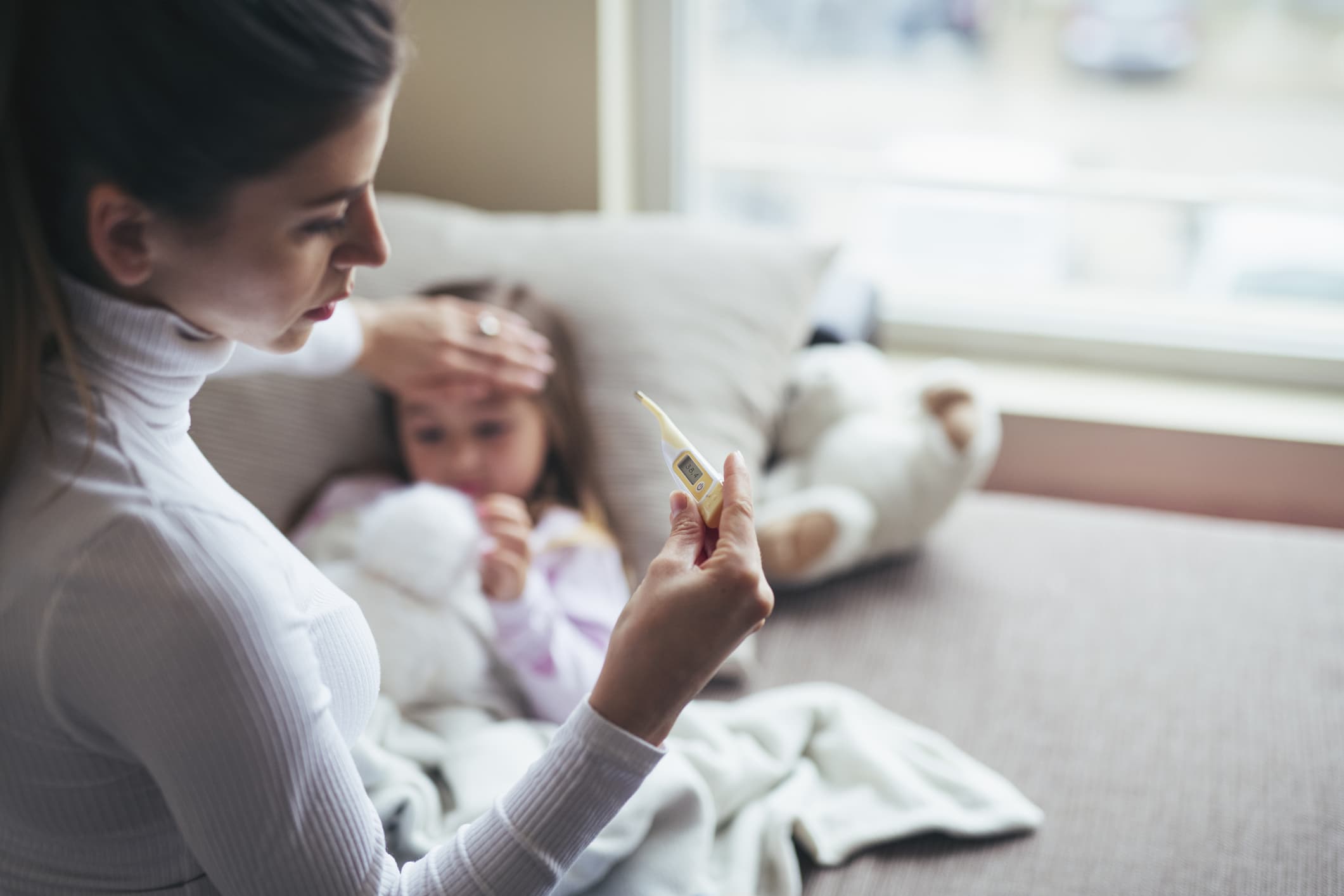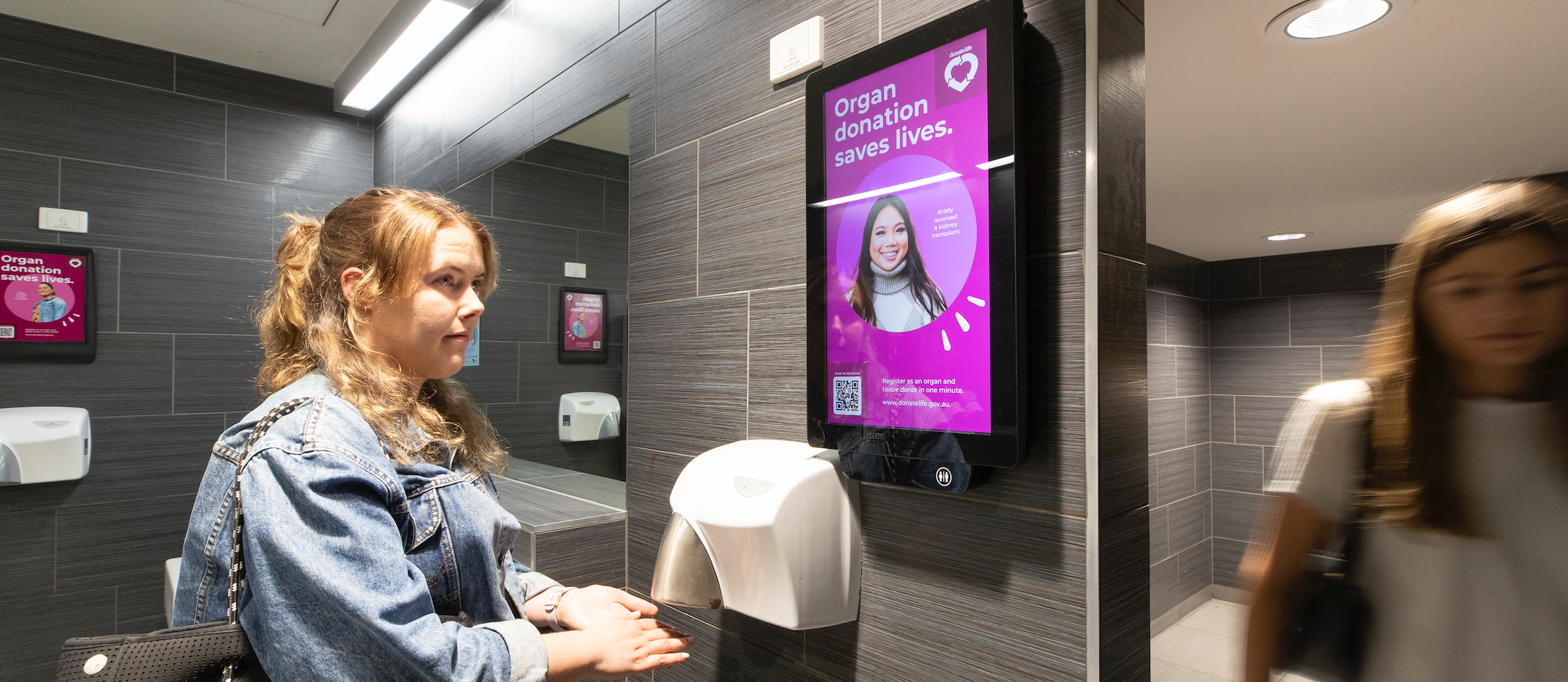

Insights & lessons learned from the 2023 Australian flu season
The severity of the season
In 2023, there were 252,296 notifications of lab-confirmed influenza between 1 January and 15 October 2023, 45% higher than the 5-year (2016, 2017, 2018, 2019, 2022) mean (174,053) for this period. The number of deaths in children aged under 16 years reported by hospitals was higher than in many pre-COVID-19 pandemic years, emphasising the need for robust preventive measures and effective vaccination campaigns.
- Sian Goodson, Chairperson at the Royal College of General Practitioners SA
Data revealed a notable rise in hospitalisations due to influenza-related complications, with a 190% increase compared to the previous year (3,480 v 1,832). Such figures underscored the severity of the situation and the imperative for robust public health responses.
Declining vaccination rates
Despite the well-established benefits of flu vaccination, 2023 witnessed a concerning decline in vaccination rates across Australia. Health professionals attributed this decline to several factors, including the cost-of-living crisis and “vaccine fatigue”.
In July 2023, vaccinations were down almost 2 million, compared to the previous year. Australian Immunisation Register data shows 8.5 million Australians were vaccinated against influenza between March and July in 2023, compared to 10.4 million at the same time in 2022.
While flu vaccination rates decreased between 2022 and 2023 in all states and territories, the biggest drops were:
- South Australia (down 20.6%)
- New South Wales (down 19.5%)
- Victoria (down 18.9%)
- Queensland (down 18.6%).
Children are disproportionately suffering
One of the most alarming aspects of the 2023 flu season was its disproportionate impact on children. Of particular concern was the vulnerability of children aged six months to five years, who were among the least likely to be vaccinated despite being eligible for free vaccinations.
- Dr Paul Armstrong, Acting Chief Health Officer, Western Australia
Data revealed in the first 6 months of 2023, children under 14 made up 45% of all lab-confirmed flu cases, 28% of those children were under the age of 5.
Tragically, the flu season led to numerous hospitalisations among young children, with many cases involving the virulent B strain of the virus. Vaccination coverage among affected children was notably low, emphasising the need for targeted immunisation efforts aimed at young children.
The number of deaths in children aged under 16 years reported by hospitals was higher than in many pre-COVID-19 pandemic years.
The flu claimed at least 376 Australian lives in 2023, particularly elderly people
The toll of the 2023 flu season extended beyond just infection rates, with a sobering number of fatalities reported across the country. Of the 252,296 notifications of lab-confirmed influenza between January to October 2023, 376 influenza associated deaths were notified to the NNDSS. With a median age of 77 years among the deceased, these statistics underscored the heightened risk faced by elderly people.
The importance of hand hygiene
A 2022 study found that 18% of Australians say they don’t always wash their hands after going to the toilet and 47% admit they don’t always wash before touching food.
- Lydia Buchtmann, Communications Director at Food Safety Information Council Australia
The study also found:
- Men wash their hands less than women after a bathroom visit (80% v 84%)
- Men wash their hands less than women before touching food (52% v 62%)
- Young people are less likely to always wash their hands after a bathroom visit (74% under 34 years versus 86% over 50 years), which is a concern as they often become professional food handlers.
Developing an effective preventative strategy to drive immediate behaviour change
Health messaging in public bathrooms provides a powerful and effective platform to change a person’s behaviour, as the behaviour is being performed.
Making the most of being in the right place at the right time
Differentiating us from many other OOH formats, implementing a bathroom messaging strategy allows winter-wellness messaging to be delivered to the right audience, at the right time, and within context.
Social environments such as pubs, bars, shopping centres, airports, universities and other locations where people congregate in public, catch bathroom visitors at a time when they may not be thinking too much about hygiene, even though this is when it’s needed most.
Bathroom advertising achieves 48% audience-reported behaviour change for Government COVID-19 campaigns
In 2020, the world was faced with the devastating impact of the COVID-19 pandemic. As part of the national response, Convenience Advertising delivered two extensive COVID-19 public health campaigns for the Federal Government, and the Victorian Department of Premier and Cabinet.
As several factors heightened the risk of COVID-19 transmission among Australia’s culturally and linguistically diverse community, Convenience Advertising needed to ensure the campaign messages, translated into multiple languages - including Mandarin, Italian, Vietnamese, Arabic, Assyrian, Turkish, Filipino and Hindi - were effectively reaching this audience and making an impact.
The study, conducted by Dr Shaun Ratcliff from the University of Sydney, proved that both campaigns were impactful and effective, and directly contributed to positive behaviour changes among key audiences.
As a result, 48% of people reported changing their behaviour, in line with the public health advice.
89%
unprompted recall rate48%
reported changing their behaviour, in line with the public health advice94%
of bathroom messages were understood11.6m
people reached
Need inspiration? Check out other winter-wellness campaigns over the years
‘Be your own Health Hero’ campaign for Nepean Blue Mountains PHN
NSW, Queensland and Tasmanian Government - Winter Wellness / Flu Campaigns
Lessons learned
The 2023 flu season served as a timely reminder of the importance of proactive measures and public health messaging in combating contagious illnesses. Key lessons emerged from this experience, emphasising the need for:
1. Sustained public health messaging: Effective communication and education are vital in promoting vaccination uptake and fostering community resilience against infectious diseases.
2. Targeted vaccination strategies: Tailored vaccination campaigns, particularly targeting vulnerable populations such as children and the elderly, are essential in mitigating the impact of seasonal flu outbreaks. Seasonal vaccination remains a safe and effective way to protect against severe influenza.
Find out more about bathroom advertising
To learn more about how Convenience Advertising can supercharge the effectiveness of your OOH and broader advertising strategy, get in touch.
More insights:
 "Any rise in STIs is bad news, but rising STIs against a backdrop of decreased testing, is particularly concerning"Read more
"Any rise in STIs is bad news, but rising STIs against a backdrop of decreased testing, is particularly concerning"Read more
How to harness data & active attention to drive ad recall & behaviour change
Q&A with Anna Validas, CEO of Convenience AdvertisingRead more
Supporting road safety in 2024, after the deadliest year on Australia’s roads in 5 years
Up by 7.3% since 2022, we lost 1,266 people on our roads in 2023.Read more
